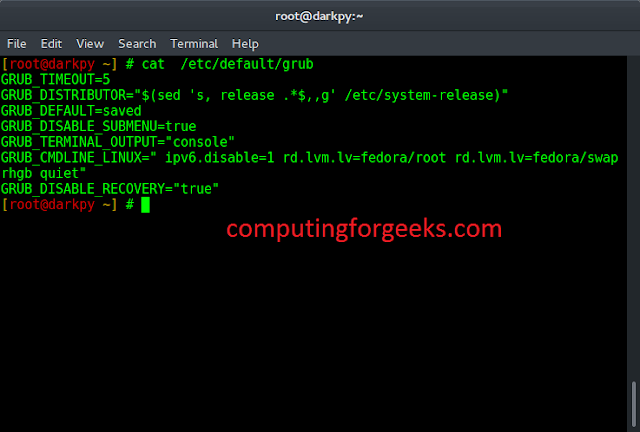- A heap is a complete binary tree where each node satisfies the heap property. The heap property is different for different types of heaps but, in general, it means that each node has a value that is greater than or equal to (or less than or equal to) the values of its children nodes.
- Heaps are commonly used to implement priority queues, as they allow efficient insertion and removal of elements with the highest (or lowest) priority.
Types of Heap Data Structure:
- Max Heap
Each node has a value that is greater than or equal to the values of its children nodes. The maximum value is always at the root of the heap.
- Min Heap
Each node has a value that is less than or equal to the values of its children nodes. The minimum value is always at the root of the heap.
Below are the steps involved in the implementation of Max Heap:
- Choose the type of heap: either min heap or max heap.
- Create a class for the heap.
- Create an array to hold the elements of the heap.
- Implement the insert function to add new elements to the heap.
- Implement the remove function to remove and return the top element from the heap.
- Implement the peek function to return the top element of the heap without removing it.
- Implement the isEmpty property to check if the heap is empty.
Here is the implementation of the max heap data structure in Swift:
Swift
// Swift code for the above approach: class MaxHeap<T: Comparable> { var heap: [T] = [] // Insert a new element into the heap func insert(_ element: T) { heap.append(element) var currentIndex = heap.count - 1 // Bubble up the element until the // heap property is restored while currentIndex > 0 && heap[currentIndex] > heap[(currentIndex-1)/2] { heap.swapAt(currentIndex, (currentIndex-1)/2) currentIndex = (currentIndex-1)/2 } } // Remove and return the top // element of the heap func remove() -> T? { guard !heap.isEmpty else { return nil } let topElement = heap[0] if heap.count == 1 { heap.removeFirst() } else { // Replace the top element // with the last element in // the heap heap[0] = heap.removeLast() var currentIndex = 0 // Bubble down the element until // the heap property is restored while true { let leftChildIndex = 2*currentIndex+1 let rightChildIndex = 2*currentIndex+2 // Determine the index of // the larger child var maxIndex = currentIndex if leftChildIndex < heap.count && heap[leftChildIndex] > heap[maxIndex] { maxIndex = leftChildIndex } if rightChildIndex < heap.count && heap[rightChildIndex] > heap[maxIndex] { maxIndex = rightChildIndex } // If the heap property is // restored, break out of the loop if maxIndex == currentIndex { break } // Otherwise, swap the current // element with its larger child heap.swapAt(currentIndex, maxIndex) currentIndex = maxIndex } } return topElement } // Get the top element of the // heap without removing it func peek() -> T? { return heap.first } // Check if the heap is empty var isEmpty: Bool { return heap.isEmpty } } |
Time complexity:
- Insertion: O(log n)
- Removal: O(log n)
- Peek: O(1)
Auxiliary Space: O(n)
Ready to dive in? Explore our Free Demo Content and join our DSA course, trusted by over 100,000 neveropen!




